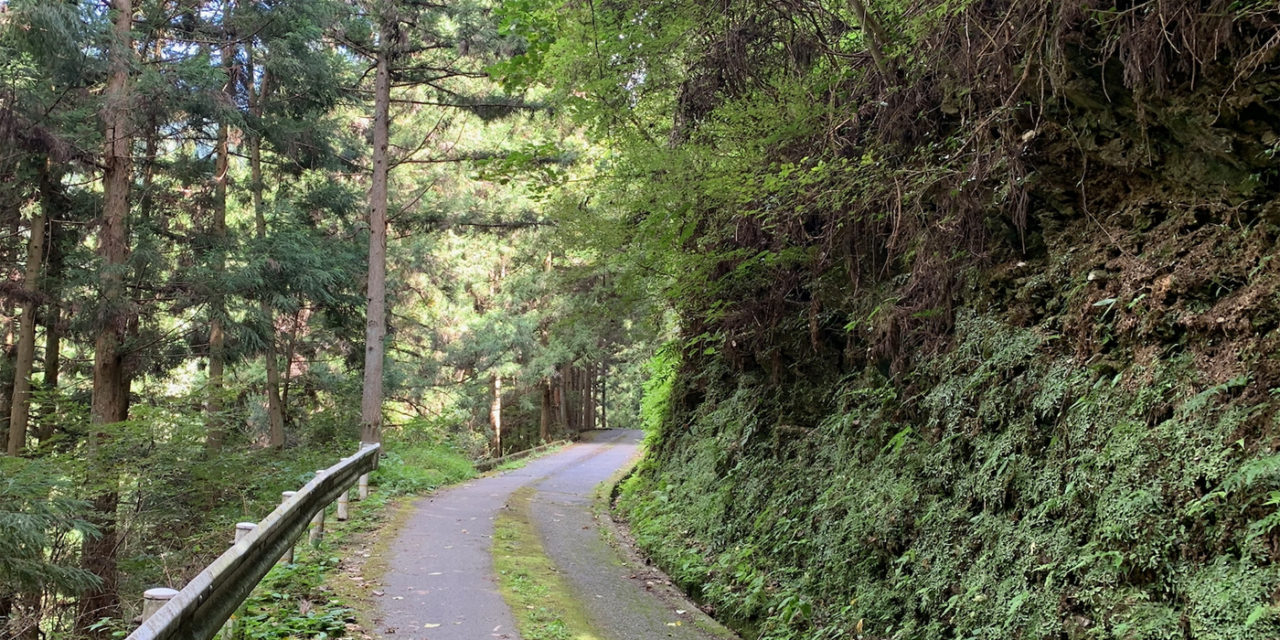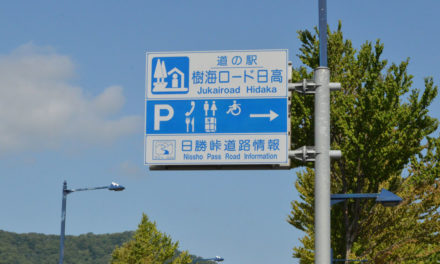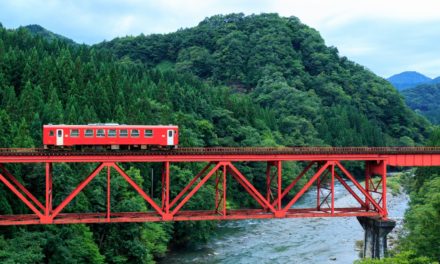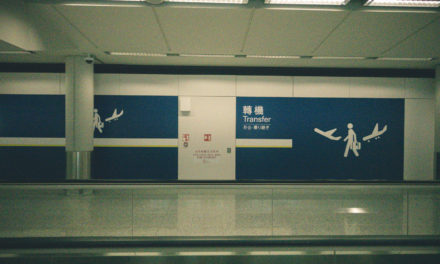Japan has some amazing coastal roads, there are stunning valleys and gorges, big mountain passes and more. It’s also got rindo, Japanese for forest roads. These offer spectacular routes in the countryside and can be as a good as it gets. They come with their challenges too.
Rindo?
Take the kanji for woodland or forest “林” and put it with the one for road “道” and you get “林道“, pronounced “rindo”. Japan has a huge network of these rindo forest roads. Some are ancient highways with a history and express roads replaced them. Others can be more recent routes for logging. Above all they’re small, peaceful roads that offer some of the most rewarding cycling in Japan. Some Americans might cherish their tranquil gravel trails, some Europeans might relish their scenic mountain passes, a rindo can be as good as both.
What’s so good?
Where to start? The forests themselves are special to behold, the cedar trees and vegetation are something to treasure, likewise the clear rivers and wildlife.
These are peaceful back roads that have very little traffic and let you explore the countryside. If you like climbing you’re in luck as they typically run through the mountains and there’s little in the way of engineering, don’t expect tunnels and viaducts as you climb over mountains. There’s a big network of roads to choose from.
The Challenges
As old paths or logging routes, the charm of rindo riding is the corners and climbs galore. This means they can be hard going. You can regularly find climbs with 10% gradients or more. Much more sometimes. Whatever gearing you might use for an Alpine-style pass in Japan, Europe you’ll need lower gears here.
Even the descents aren’t fast as the roads are narrow and twisty so you won’t cover much ground. Maybe you don’t want to and you’ll speed out of a city to get to these roads. For many cyclists whether locals at the weekends or visitors from abroad they’re a highlight. They’re also very remote, while it’s great there’s little traffic, if you have a problem it’s a long walk to the nearest place. A car or truck every half hour would be nice. There are no ramen noodle restaurants, no convenience stores, no vending machines.
Rin-go
So where are these rindo? Everywhere, just zoom in on a map and you’ll find them. Rindo typically have no designations on official maps, there are no signs like Highway 101 and so on. But many have names from local forests and mountains. Some are Super Rindos and can sometimes be toll roads for motorists.
You can find rindos on a day trip out of Tokyo, for example ride the train to Takao station to the west of the city. Then you can go over Iriyama pass (入山峠) and down to the Agigawa valley and further west to the Kitaaki valley along the 205 road and then when the road comes towards the end, the Kazahari rindo (passing near the Hinohara mushroom center if you want to look for a map prompt). Then you can ride back towards Tokyo down the Tama valley, either via Hinode to return to the start or pick up different train line back into town.
Rin-no
There are many rindos and most of them are open all the time. Only you can trace the perfect ride on a map only to find signs or even gates saying the rindo is closed. It’s a long detour.
A typhoon can wreak big damage and repairing a rindo is low priority. Some rindos close for weeks, months or more. To avoid this you can check online to find closures but this requires navigating prefectoral government websites, even locals struggle. Sometimes the signs say the roads are be closed to cars only, so you can wheel your bike around a fallen tree or rock in the road. Othertimes a road might be closed but if you adventure down it it is passable. This is alright if you live nearby and want to test the road and don’t mind making a U-turn, it’s risky if you are heading to a destination beyond because. You can go down the road for an hour only to find it really is blocked.
One tip is a Strava account, search for segments on the rindo and see if people are riding it.
Some rindo are dirt tracks, great if you come for a gravel adventure but beware that rindos vary even at the best of times. Homework helps here.
Lastly there are bears in places. You can see warning signs but an actual sighting is rare. The HikeMasterJapan.com website has a good article in English about the risks.

Travel tips
- Rindos offer some of the best road riding you can find in Japan… or anywhere for that matter
- They can be closed to cars, or even all traffic so check before
- Take spares and food, you’r leaving behind the land of convenience stores and vending machines





